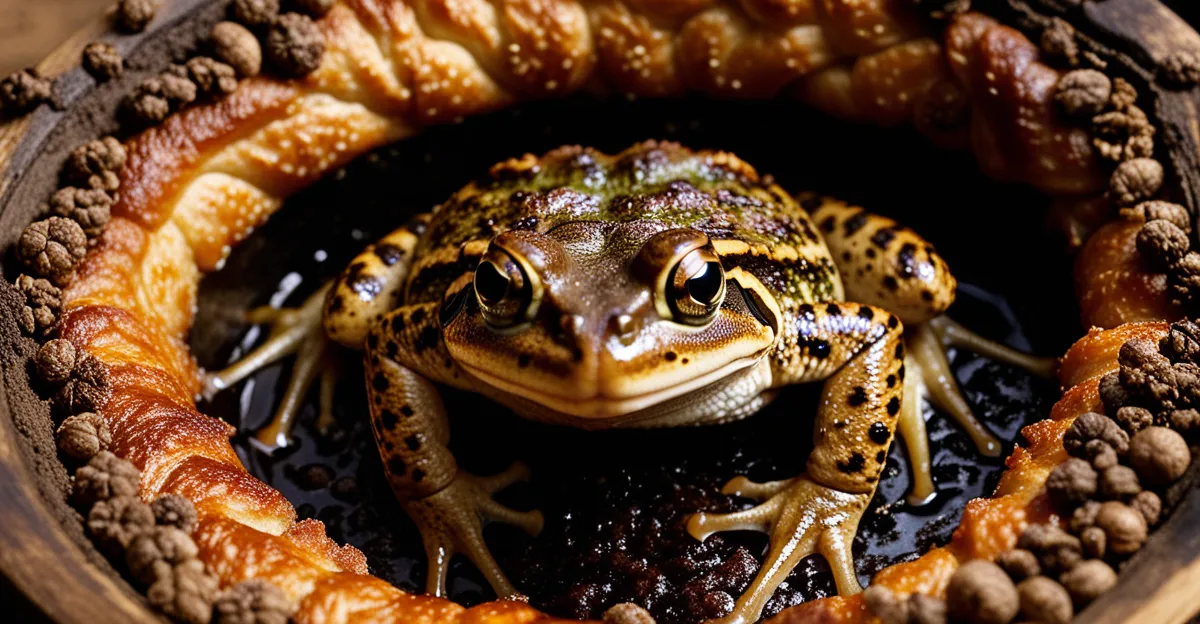Essential Ingredients for an Authentic Toad in the Hole
Creating an authentic British recipe for toad in the hole begins with selecting the right ingredients, particularly the sausages and batter components. The best sausages are crucial—they should be flavorful and robust, ideally pork-based with a natural casing to produce a juicy yet crispy texture during baking. High-quality sausages directly impact the final taste and mouthfeel, elevating this British comfort dish.
For the batter, the traditional batter calls for a precise balance of flour, eggs, and milk. The ideal ratio ensures a Yorkshire pudding batter that is light and airy when cooked, allowing it to rise perfectly around the sausages. Usually, equal parts of flour and milk with two eggs create the desired consistency; too thick, and the pudding won’t rise well, too thin, and it won’t hold together.
Also to see : What are the secrets to crafting the ultimate beef Wellington?
Additionally, classic toad in the hole ingredients often include subtle flavor boosters like English mustard or fresh thyme, adding a gentle zing or herbal fragrance without overpowering the dish. These traditional flavorings complement the savory sausages and fluffy batter, rounding out an authentic British experience.
Step-by-Step Guide to Making Traditional Toad in the Hole
Mastering how to make toad in the hole starts with preparing the Yorkshire pudding batter correctly. To achieve the lightness and rise that define authentic British recipes, blend equal parts of flour and milk with eggs until smooth. Resting the batter briefly enhances its texture and promotes better puffing during baking. A key tip is to use room-temperature ingredients to avoid a dense batter.
Also read : How can you elevate a traditional toad in the hole?
When it comes to the sausages, pre-cooking them slightly before assembling the dish locks in their juices and deepens flavor. Place the sausages in the pan with hot oil or fat, letting them brown gently. This step boosts the overall taste and helps prevent soggy sausages in the final bake.
For baking, temperature is critical: preheat your oven to a high setting around 220°C (425°F). Pour the batter carefully over the sausages, then bake immediately. The hot oven ensures rapid rising of the traditional batter around the sausages, resulting in the classic puffy, golden surface that’s so cherished in toad in the hole recipes. Following this step-by-step method guarantees a satisfying British comfort food experience every time.
Tips for Achieving Authentic Texture and Taste
Achieving an authentic toad in the hole texture hinges on precise technique and careful oven management. One essential Yorkshire pudding tip is ensuring the batter is at room temperature before baking. Cold batter slows rising, resulting in a dense pudding rather than the light, airy structure characteristic of a classic dish. Waiting 30 minutes after mixing helps the traditional batter relax, improving its puff and texture.
Oven temperature for toad in the hole is critical; a preheated oven at around 220°C (425°F) creates the intense heat needed for rapid batter expansion. Placing the pan with hot fat before pouring the batter also prevents soggy bottoms and encourages crispiness. If the pan or fat isn’t hot enough, the batter may absorb excess oil and become greasy or flat.
Balancing flavors also plays a role in authentic taste. The best sausages release their juices during cooking, which infuses the batter with savory richness. Proper seasoning of the batter, possibly with a hint of English mustard or fresh herbs, enhances the classic British comfort food experience without overwhelming the dish.
Avoiding Common Mistakes When Cooking Toad in the Hole
Mastering best toad in the hole techniques means steering clear of frequent pitfalls. One major toad in the hole mistake is overmixing the traditional batter. While it’s important to blend flour, eggs, and milk smoothly, overmixing develops gluten, resulting in a tough, chewy texture—opposite to the expected lightness of the Yorkshire pudding batter. Aim for just enough mixing to combine ingredients.
Another error is using cold batter. Cold batter lowers oven spring and reduces puffiness, making the dish denser than authentic versions. Letting the batter rest at room temperature before baking improves rise and texture significantly.
Choosing low-quality sausages can ruin flavor and texture. Opt for the best sausages with natural casing and robust seasoning, as poor sausages often release excess fat or are too bland, diluting the overall dish.
Overcrowding the pan is a common mistake, too. Too many sausages packed together reduce heat distribution and stop the batter from rising evenly around each sausage. Leave enough space to let the traditional batter rise freely, ensuring the final product is crisp and fluffy.
Lastly, timing is crucial to avoid dense or undercooked results—preheat the oven well and bake promptly after pouring the batter for perfect rise and texture.







